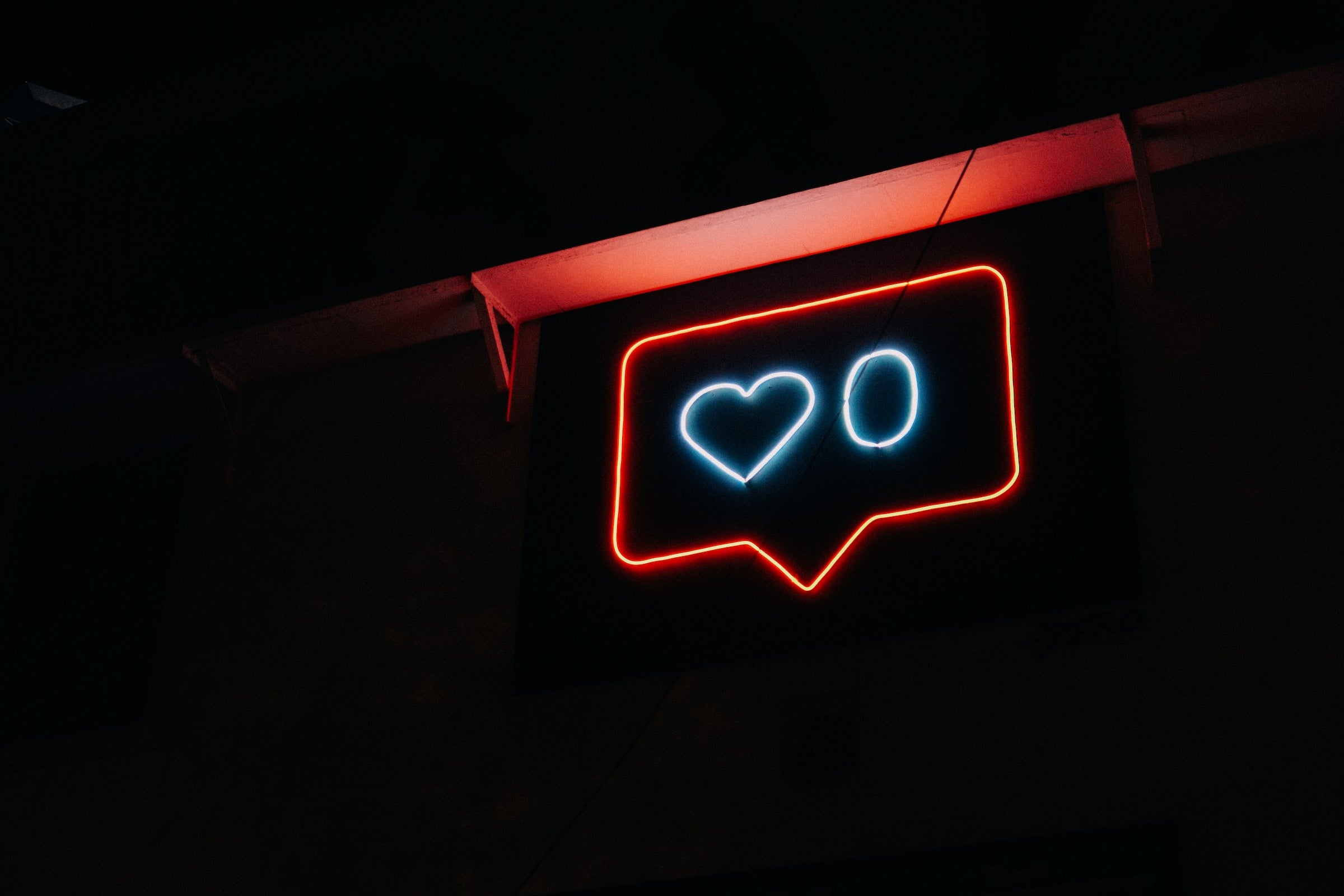Dec 12,2022 Juno Ecommerce Marketing Social Media
2023 Social Media trends E-commerce companies should be aware of

Social media has been around nearly as long as the internet itself. People love to socialise, whether that’s in person or through a computer screen!
In fact, there’s estimated to be around 4.59 billion social media users worldwide. That’s nearly as much as the entire population of Earth.
But whilst the popularity of social media has increased , there’s other trends and developments impacting the way we communicate online.
And for ecommerce companies to improve their marketing, they’ll need to capitalise on new trends in social media.
That’s why we’ve taken a look at some of the biggest trends in social media ecommerce brands need to be aware of as we head into 2023.

Social commerce
It seems like a no-brainer: if you make it easier for people to purchase products they see on social media, you’ll see more conversions.
Nevertheless, social commerce is still a new phenomenon. And yet, sales have reached an estimated $992 billion in 2022 alone.
Social commerce means having an integrated marketplace within a social media app. For example, Instagram has a feature which allows companies to promote their products on their posts. Users can then be transferred to a storefront to make purchases without even leaving the app.
This is a trend which has made waves over the last year, with TikTok’s social commerce marketplace also launching. But as we head into 2023, it’s still something to keep an eye on. There’s so much room for the industry to grow still. Whether that’s into even more social media platforms, or new services and features to enable ecommerce businesses to sell more.

Authentic content
Released in 2020, BeReal has made large and quick strides in the social media market. With around 20 million active daily users, and growing, it’s opened up a new way of doing social media which the biggest platforms are already copying.
BeReal notifies users once a day to take a picture, using their front and back camera, with the intention of showing an authentic snapshot of a moment in your life.
Instagram and TikTok have both already released features emulating this. As we go into 2023, it’ll be important for ecommerce companies to keep an eye on how this develops.
That’s because 90% of consumers say authenticity from a brand is important when making a purchase. If you can find a way to use the features of apps like BeReal to market your products, you can build trust with your customers.
For example, if part of your marketing strategy relies on influencers, you could use them to wear or use your products in a day and take their daily snapshot with them when it appears. That lets customers know that influencers they like are actually using your products, rather than just being paid to do an edited sponsored post.

Bite-sized content will continue to dominate
Since the pandemic, TikTok has steadily increased its popularity and is closing in on even the big players like Facebook and Instagram.
In fact, in the UK alone, TikTok is expected to reach around 16.8 million users by 2024.
But what does that mean for ecommerce companies attempting to market through social media?
Well, TikTok is built for short-form content. Whilst it has recently released the ability to post videos of up to 10 minutes, most popular content still sticks to just a few seconds.
And regardless of the platform you use, there’s a reason why you should stick to this, too. Short-form video content has the highest ROI of any type of social media marketing, at 30%.

Micro-influencers
Since social media influencers have blown up in popularity, there’s been a widely accepted belief that the more followers you have, the better at influencing you are.
But marketers are starting to realise that’s not entirely true. Big-time influencers have their advantages, but there’s also a use for what’s known as a micro-influencer. Brands in 2022 used micro influencers 10X more than macro-influencers, and their market share in 2021 grew to 91% compared to 89% the previous year.
These influencers typically have between 1000-100,000 followers, with most on the lower end of that scale.
There’s a couple of key benefits to your brand by focusing on this strategy. The first is that, because of their smaller following, micro-influencers can have a more personal relationship with their followers. That enhances the perception of authenticity. So if they’re using your products, their followers are more likely to see them as genuinely recommending what you sell.
In addition, these micro-influencers often focus on a niche topic or style. If you’re a hiking equipment brand, for example, you’ll find more success with a micro-influencer who focuses on the outdoors and hiking than a big name who has no specific focus.
With a 60% higher engagement rate than macro-influencers, it’s a trend worth considering for your brand.
We’re here to help you
At Juno, we don’t just design websites. We offer our clients a system of support, strategy, and insights to help them grow in all areas of their business.
That includes empowering your social media strategy to reach more people, and engage more effectively with your audience.
For more information on how Juno can help you, get in touch today for a free consultation.


